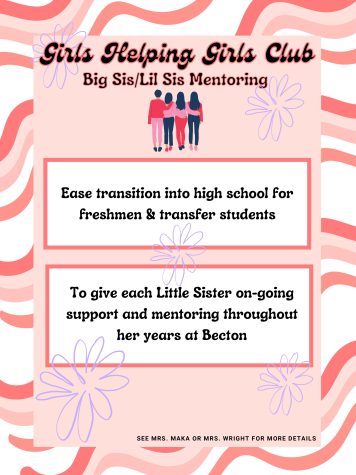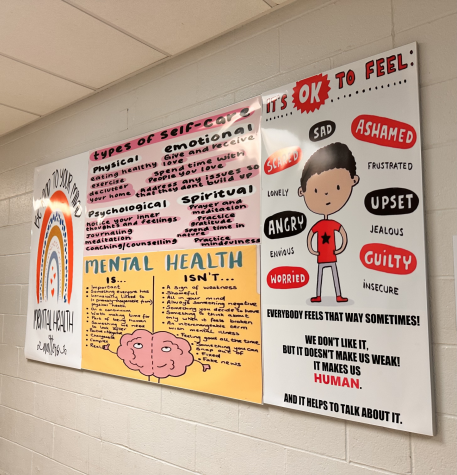Spring Fever: The Good, The Bad and The Sneezing!
There is something in the air that isn’t just pollen. Spring leave, holiday, and nuptials are all examples of spring fever. We want to get out there, break out our shorts and tank tops, and interact outside, but what should we be aware of? Students at Henry P. Becton Regional High School are feeling the effects of Spring as the weather starts to get warm.
That increase in vitality, in whatever shape it takes, is a result of longer days and more sunlight (mainly but not chiefly). Indeed, seasonal patterns as well as circadian rhythms — our internal biological clock — control many aspects of daily living. When the seasons change, the retina – the inner layer of the eye that links to the brain via the optic nerve – responds instinctively to the first minute changes in the quantity of sunshine. This response causes hormonal changes, such as a shift in melatonin, a hormone that influences sleep patterns and mood changes. The body typically generates more melatonin during the long winter months. All that melatonin causes winter sadness in individuals who are prone to seasonal affective disorder. When melatonin synthesis decreases in the spring, sadness decreases. This was covered in the prequel of this article– “Winter: Joyful or S.A.D. Time of Year?.”
Outside of the positive effects (and it may appear unjust), but as the weather changes, so does the probability of certain kinds of migraines. Temperature variations appear to cause cluster headaches; when the weather changes after at least a week of comparable temperatures, the headaches become more prevalent. Similarly, migraineurs frequently experience an increase in their migraines during the spring season. The stormy weather and wet days of the season reduce barometric pressure in the air, altering the pressure in your sinuses, causing blood vessels to dilate and prompting a migraine. Spring allergies raise the chance of migraines.
variations appear to cause cluster headaches; when the weather changes after at least a week of comparable temperatures, the headaches become more prevalent. Similarly, migraineurs frequently experience an increase in their migraines during the spring season. The stormy weather and wet days of the season reduce barometric pressure in the air, altering the pressure in your sinuses, causing blood vessels to dilate and prompting a migraine. Spring allergies raise the chance of migraines.
In addition to migraines, allergies are a huge concern for a large portion of the population. There are steps you can take to prepare for a poor allergic season. If you reside or travel in an area where it has been wet, you can probably expect more seasonal allergy problems. When there is more moisture, there is usually more pollen. Pollen can be found in the air and can originate from vegetation, flowers, trees, and weeds. It also causes hay fever, also known as allergic rhinitis, which affects millions of adults and children. The words hay fever and seasonal allergies are frequently used interchangeably. It is important in this month to correctly diagnose and treat any severe allergies in order to remain healthy and happy. Make sure to visit doctors or the nurse if you are experiencing any negative effects.
With these new thoughts in mind, have a wonderful and healthy Spring, Becton!
Sources:
https://www.ncbi.nlm.nih.gov/pmc/articles/PMC5900367/
https://journals.plos.org/plosone/article?id=10.1371/journal.pone.0047324
https://www.theatlantic.com/health/archive/2014/03/how-spring-opens-the-mind/284572/

Mark Ricco is a junior at Becton Regional who is passionate about his music career. Ricco has always been interested in music and the arts, but his first...













